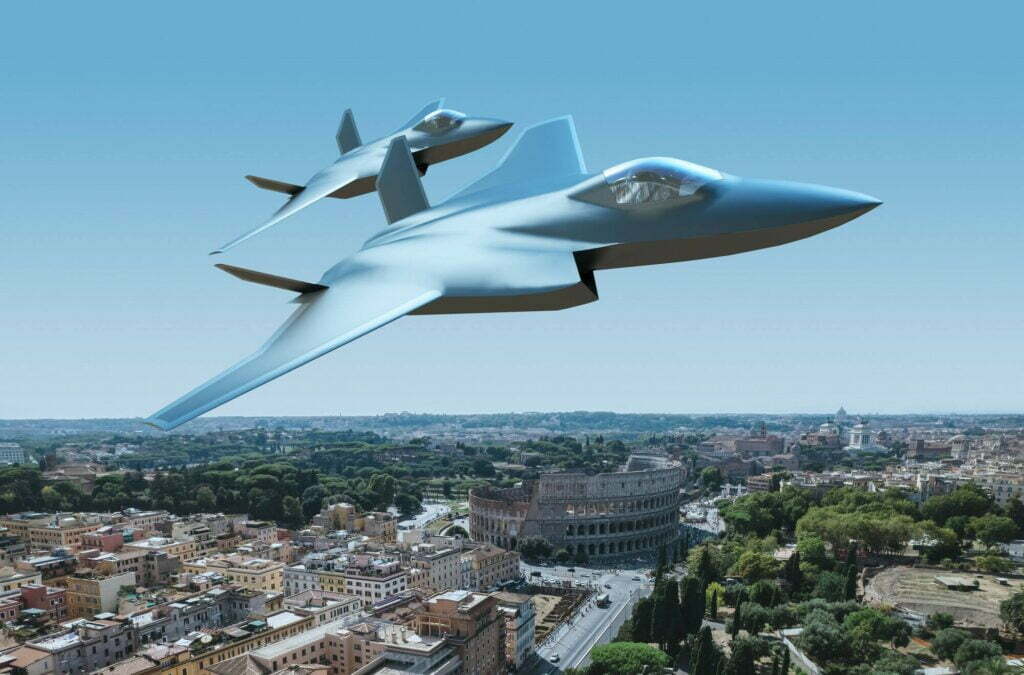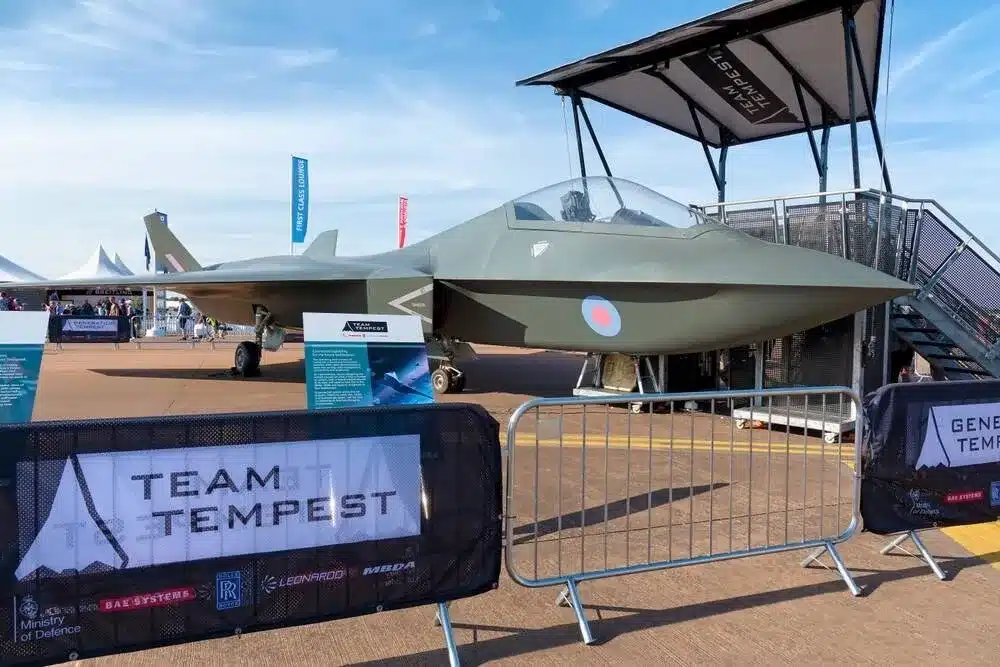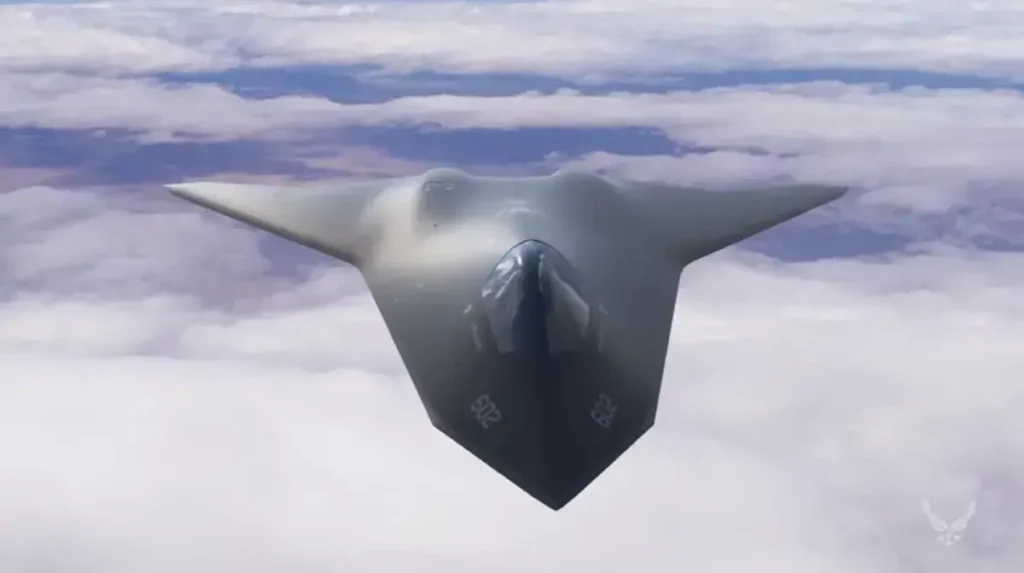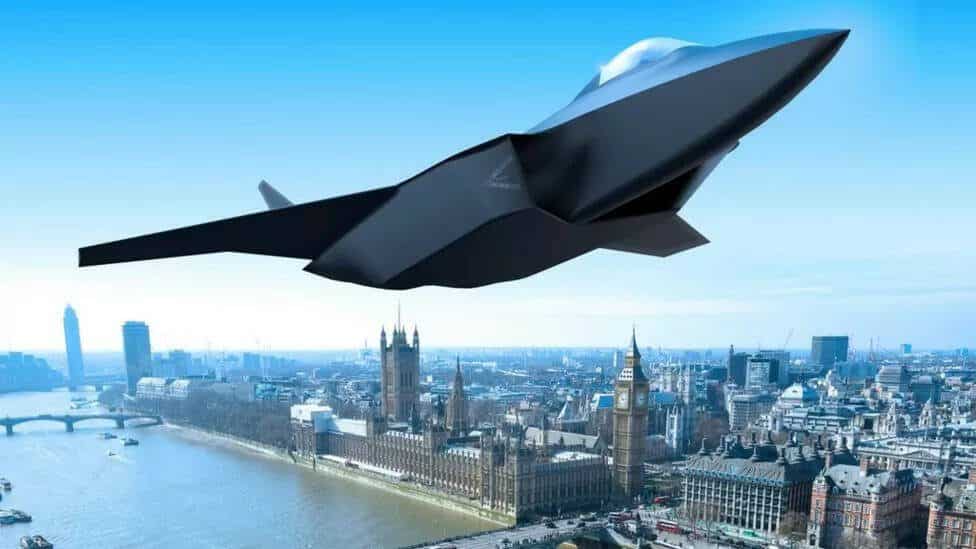The United Kingdom, Japan and Italy have announced a joint program to develop a sixth-generation warplane. The project called Global Combat Air Program (GCAP) but known as Tempest, will be ready for deployment by 2035 and will have a technology never seen before, capable of competing with that of the advanced fighters of China, Russia and the USA. In a joint statement yesterday, the three countries said that "threats and aggression are increasing" and that they "share the costs and benefits of this investment in our people and technologies." The GCAP will support the three countries' sovereign ability to design, deliver and upgrade cutting-edge combat air capabilities.

Yet another hyper-tech fighter?
The cost sharing component was crucial in choosing to team up. The UK, Italy and Sweden had already embarked on a joint effort to develop the Tempest, and now there seems to be some kind of turnover (it is not known whether Sweden will remain in this phase of development). Tempest will be part of the FCAS (Future Air Combat System) program, will be able to carry hypersonic missiles and control swarms of drones. Part of the pilot's decision making will be supported by artificial intelligence. Tempest is expected to include an advanced propulsion system built by Rolls-Royce, capable of providing enough energy to also power laser weapons. BAE Systems e Leonardo they also worked with Rolls-Royce on radar/receiver technology, while missile systems manufacturer MBDA worked on missile systems.

Sixth generation warplanes: how are other countries doing?
The arms restyling race always has two sides: on the one hand there are those who say that it is important for its deterrent factor. On the other hand, there are those who say that it always preludes wars: after all, the constant thing about weapons is that sooner or later they are used. However you see them, there are also many signs from other countries that are going in this direction. The Japan, for example, has also developed its own sixth generation stealth fighter called FX to replace the Mitsubishi F-2.
Also another European consortium led by France e Germany is working on his own stealth aircraft, the Dassault/Airbus New Generation Fighter (NGF), which should be ready by 2040.
China, Russia and the USA
The United States is developing the Next Generation Air Dominance (NGAD), its sixth-generation fighter that will succeed its F-22 and boasts advanced and never-before-seen capabilities. The goal is to achieve sixth-generation air dominance before its competitors, in particular China, which has already presented a prototype and according to some could be ready by 2026. The Russian situation seems to be in a stalemate: on the one hand the country has illustrated almost science fiction weapons in recent years, now the Ukrainian conflict it is slowing down its development. Its sixth generation stealth multi-role fighter Sukhoi Su-57 (Сухой Су-57) seems a little behind schedule.

Sixth generation: why all this rush?
US Air Force General Mark Kelly said: “America absolutely must achieve six-generation air dominance at least a month before our competitors.” Why all this rush? Because sixth generation warplanes will have incomparable characteristics compared to current ones, and will guarantee military superiority and national security.
- They will be highly stealth, with a body shape designed to minimize their radar visibility and thermal signature.
- They will have advanced electronic warfare capabilities, capable of intercepting and neutralizing enemy communications and radar-guided weapons.
- They will be able to operate in both air and space modes, with the ability to launch and recover drones and other unmanned vehicles from high altitudes.
- They will be equipped with advanced weapons systems, capable of reaching targets at high speed and at long ranges.
- They will be able to operate autonomously, with artificial intelligence systems capable of making decisions without human intervention.
- They will be designed to be integrated into a global air defense system, capable of working closely with other fighter aircraft, drones, satellites and other platforms.
Historically, it is not true that all weapons have always been used. There are weapons that are built simply to strengthen a country's defense. It is true, however, that after the "short century" with two world wars we are still here updating instruments of death, making them increasingly lethal and precise. And the impression is that we haven't learned anything yet.


